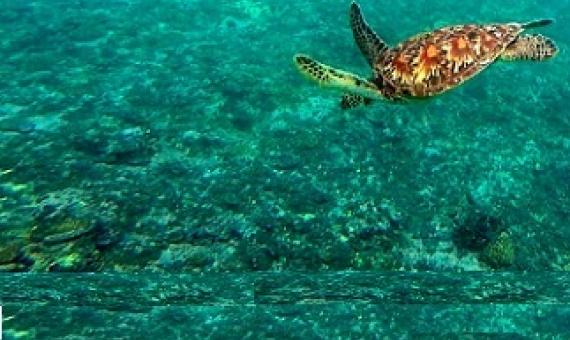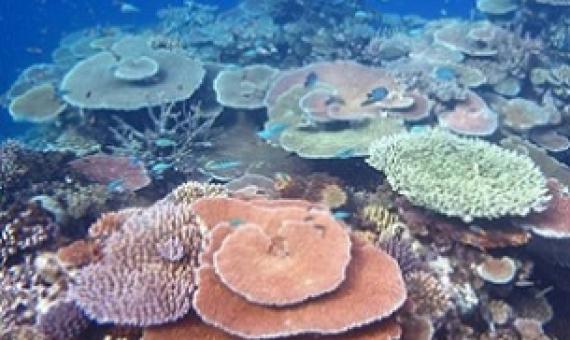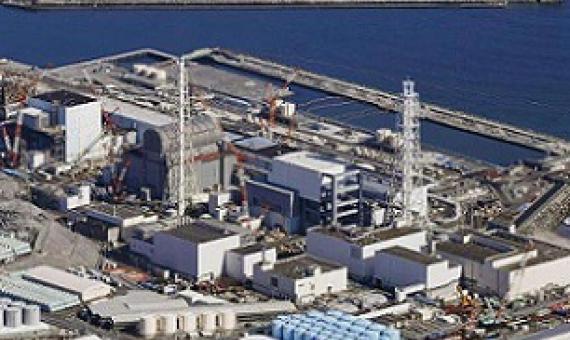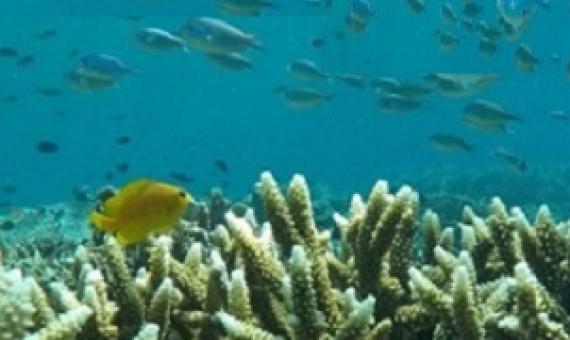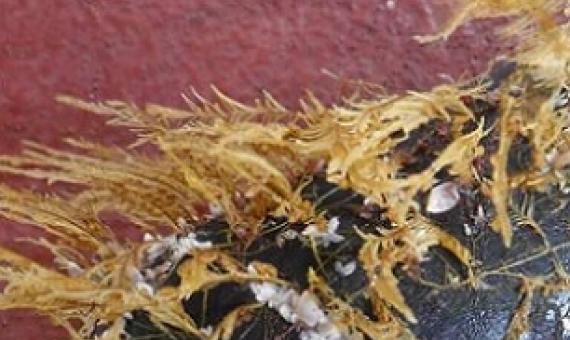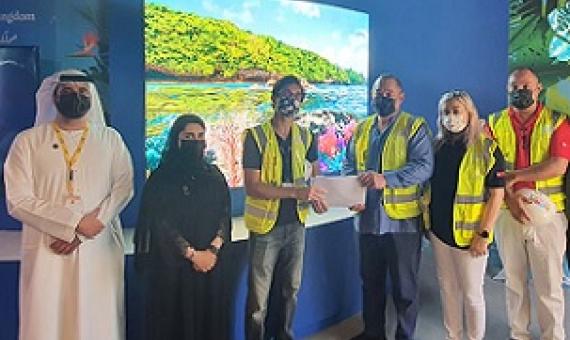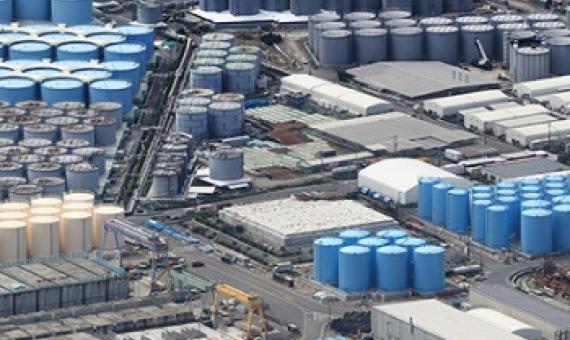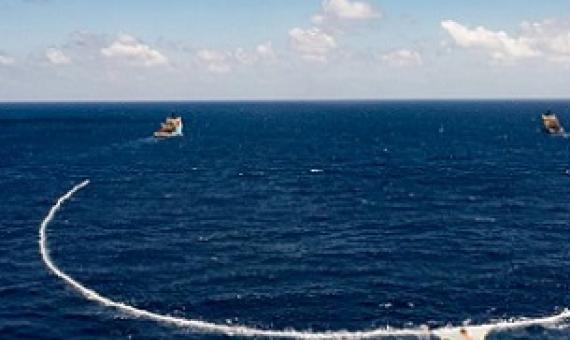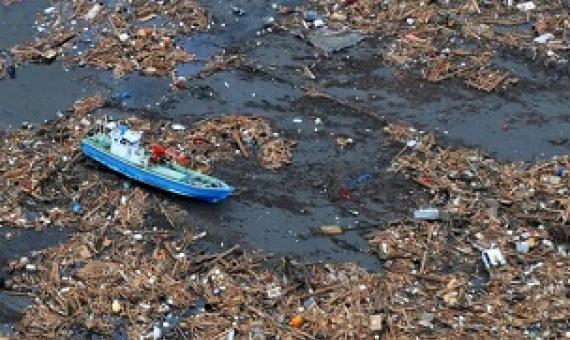The death of a critically endangered Hawksbill turtle is likely due to pollution in the Avatiu Harbour.
There has been a mixed response to Australia’s $700 million plan to combat water pollution on the Great Barrier Reef, the world’s largest reef system. The nine-year Australian plan promises to fund projects that reduce erosion and pesticides and fertilizers running off farmland into the sea.
Chinese scientists have mapped out the potential global effects of Fukushima discharge, suggesting that the contaminated water, if poured forth, may sprawl onto the entire Pacific Ocean within 10 years. The study, published online in the peer-reviewed journal National Science Review, showed
Harmful to ocean and aquatic life, microplastics make up the nearly three percent toxic pollutants in shallow, tropical waters where corals flourish.
Coastal plants and animals have found a new way to survive in the open ocean—by colonizing plastic pollution. A new commentary published Dec.
The Tongan Pavilion at Dubai Expo 2020, a multi-million dollar facility built with assistance from the government of UAE, was officially handed over to Tonga's Ambassador, ahead of the official opening of the world expo next week.
Pacific nations and territories aren’t yet convinced their people and waters will be safe when Japan discharges processed nuclear wastewater into the Pacific, as it recently announced it plans to do.
Since it first emerged with the bold vision of cleaning plastics from the seas way back in 2013, the Ocean Cleanup Project has made many tweaks to the design of its trash-catching barriers.
Ocean conservation advocate and divemaster Danny Ocampo is appalled by the sight of plastic waste every time he takes a dive in Anilao, a famous dive spot in the town of Mabini in Batangas.
There is now so much ocean plastic that it has become a route for invasive species, threatening native animals with extinction...Plastic rafting poses a huge and mostly unknown danger.

